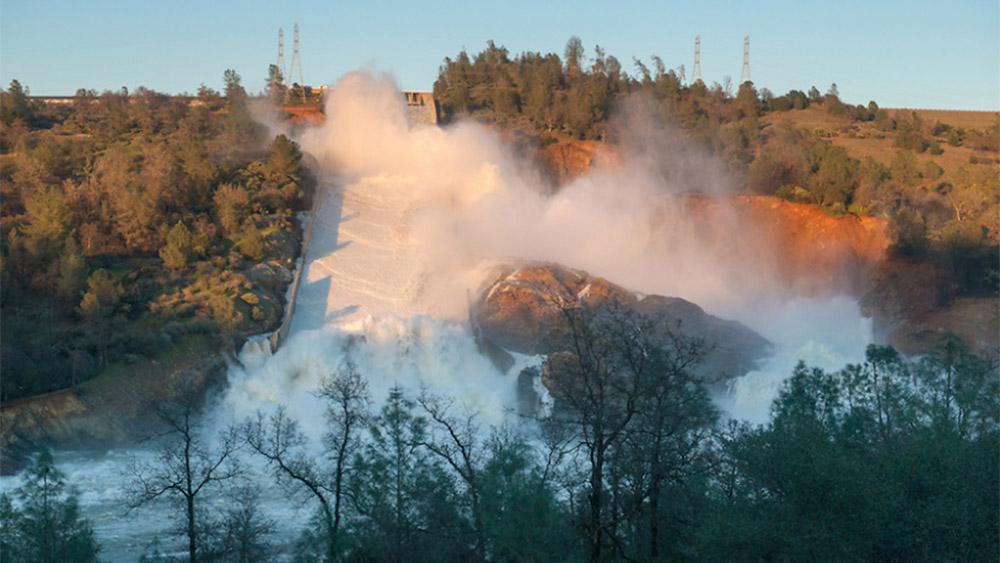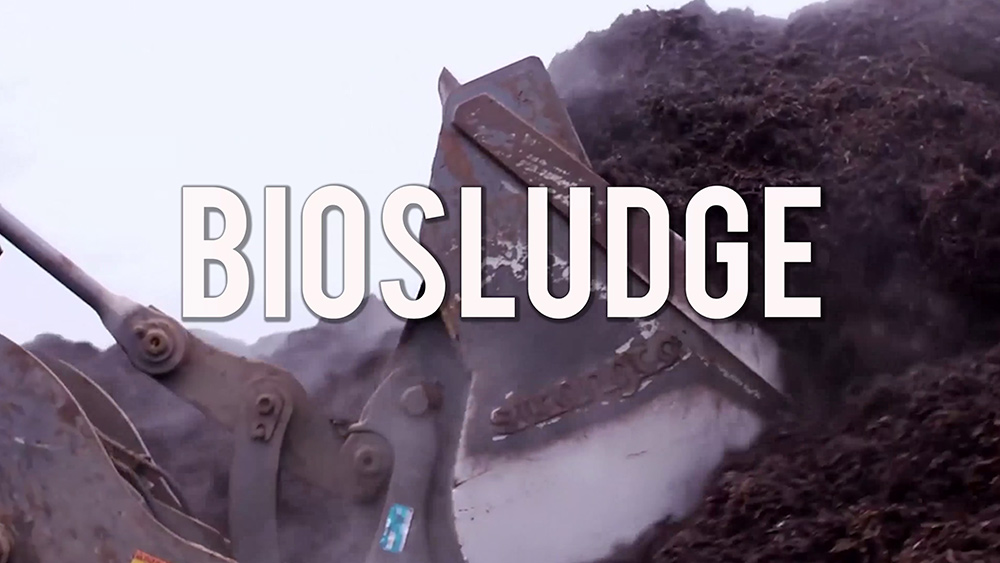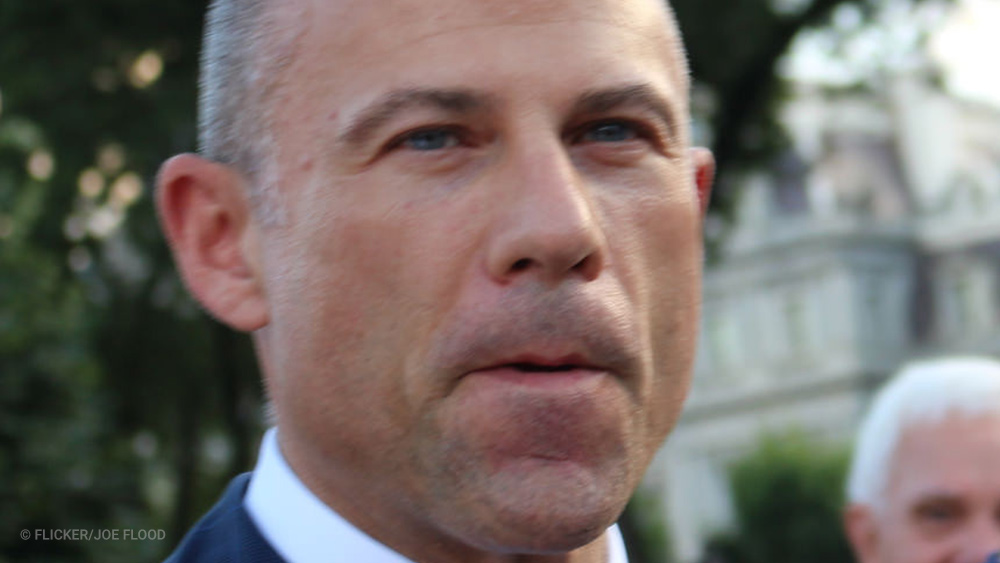Disturbing aerial photos reveal how bad the Oroville Dam really is
03/03/2017 / By Vicki Batts

The destruction of the Oroville dam’s main and emergency spillways made major headlines early on in 2017. Some 188,000 Californian citizens were left with no choice but to leave their homes and evacuate. Fortunately, the dam held up and the residents were able to return home safely. However, the damage left behind is no less devastating — even if the sensation of urgency surrounding the dam has subsided.
At the peak of the crisis, it became very evident that the dam’s major spillway had become severely damaged. As dam operators used the main spillway to control the depth of Lake Oroville, a gigantic hole formed in the middle of the chute, and water began rushing down through the soil beneath.
This led them to turn to the emergency spillway for relief — but it too began to erode away, prompting the evacuation order. The emergency spillway was reportedly comprised of nothing but “bare earth,” and as Mike Adams explained, it is simply not surprising that gallons upon gallons of surging water would quickly cut through dirt and erode the spillway.
Not one but three separate environmental groups reportedly expressed their concerns about the stability of the emergency spillway. Twelve years ago in 2005, the Sierra Club, the Friends of the River, and South Yuba Citizens League filed a motion with the federal government to require the Oroville dam to be “armored with concrete, rather than remain as an earthen hillside,” as part of the re-licensing agreement.
These urges were ignored by the government. And you know what they say: “An ounce of prevention is worth a pound of cure.” And as the water came pouring down, the Californian government chose to drop sandbags from the sky in the hopes of quelling the raging current.
Now, the Oroville dam and emergency spillway are essentially in a state of ruin. Water flowing from the broken spillway created an enormous ravine just south of the spillway, headed towards the dam. Rocks, trees, dirt and other debris pushed around by massive current of water mostly ended up in the Diversion Pool. State Department of Water Resources spokesperson Lauren Bisnett has said that the department estimates that there is currently up to 1 million cubic yards of debris that made its way into the pool.
To put that in perspective, Mercury News writer Risa Johnson says that based on the average truckload of 18 cubic yards of material, the state is looking at around 55,556 truckloads of debris to be cleaned up.
Bisnett reportedly commented, “We knew there was going to be significant damage.” Erosion measurements in and around the spillway are still being conducted.
Aerial photos and video of the dam show that the lower portion of the emergency spillway has been ripped to shreds and that an enormous crater was formed in the center of the main spillway.
Gizmodo reports that the spillway was supposed to be able to handle 250,000 cubic feet of water per second (cfs), but notes that when the midsection collapsed when a mere 55,000 cfs were passing through it. There are many theories on what would have caused the collapse beginning to emerge. David Rogers, a dam failure expert from Missouri, has suggested that the spillway may have had cracks that were not tended to properly. He also posited that California’s state of drought may have contributed to it. According to the Sacramento Bee, Rogers has said it is possible that “the aging spillway could have weakened as it underwent contractions due to the sudden heavy soaking following years of dry weather.”
The damage is clearly extensive, whatever the cause. And certainly the damage that pertains to the emergency spillway might have been mitigated, had officials listened to the safety concerns brought to their attention over a decade ago. But, we all know the government is loath to listen to the concerns of their constituents.
Follow more real investigations at RealInvestigations.news.
Sources:
Tagged Under: California, disaster, Oroville dam



















